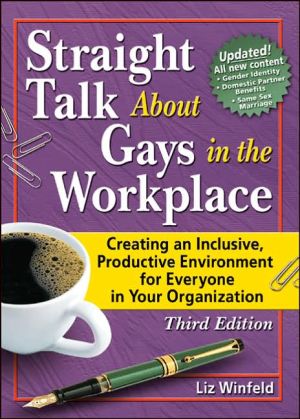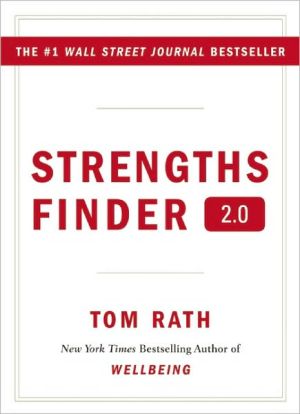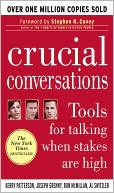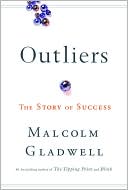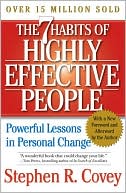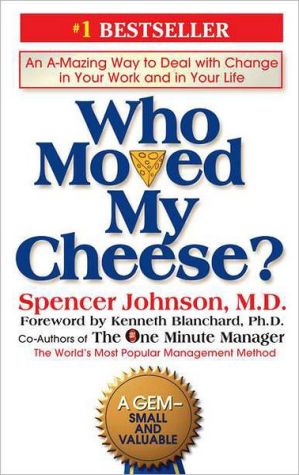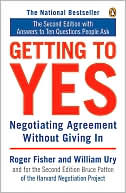Straight Talk about Gays in the Workplace: Creating an Inclusive, Productive Environment for Everyone in Your Organization
Find out how being more LGBT inclusive can increase your organization’s productivity—and revenues!\ Workplace diversity can provide creative strength and greater productivity regardless of the organization. Straight Talk About Gays in the Workplace: Creating an Inclusive, Productive Environment for Everyone in Your Organization, Third Edition presents a frank discussion about all the relevant aspects of sexual orientation and gender identity in the workplace. The author reveals how to...
Search in google:
Find out how being more LGBT inclusive can increase your organization’s productivity—and revenues!Workplace diversity can provide creative strength and greater productivity regardless of the organization. Straight Talk About Gays in the Workplace: Creating an Inclusive, Productive Environment for Everyone in Your Organization, Third Edition presents a frank discussion about all the relevant aspects of sexual orientation and gender identity in the workplace. The author reveals how to incorporate diversity in your organization to foster greater loyalty, greater understanding, and greater productivity.Straight Talk About Gays in the Workplace: Creating an Inclusive, Productive Environment for Everyone in Your Organization, Third Edition is the latest edition of the National Library Award-winning guide that explains terms, provides strategies for implementation of policies and programs, and gives you practical tools to educate and inform employees about a workplace environment inclusive of diversity. While previous editions concentrated on the diversity of sexual orientation, this edition has been expanded and extensively updated to include the needs and issues of transgender people. Other updated information includes showing the advantages of creating an LGBT inclusive environment, discussing in-depth about the financial rewards of marketing an organization as being open to the LGBT community, and explaining the benefits of presenting these topics in public schools and higher education. Several appendices are included to provide additional resources divided into categories such as “workplace education,” “transgender,” “marketing,” “family and the schools,” “legal,” and “business.” The book also features a useful bibliography, an assessment tool to gauge sexual diversity in your organization, a guide for transitioning transsexuals, and another appendix that presents research and recommendations as to how school campuses can make themselves more inclusive and less discriminatory. Straight Talk About Gays in the Workplace: Creating an Inclusive, Productive Environment for Everyone in Your Organization, Third Edition discusses: updated information on domestic partner benefits educating employees about sexual orientation and gender identity the latest information on non-discrimination policies effective employee networks and alliances sensitive issues that involve transgender people opportunities and benefits of marketing to the LGBT community internal and external outreach programs crucial tax and insurance information new information focused on LGBT youth and academia inclusive of sexual orientation and gender identity and much more!Straight Talk About Gays in the Workplace: Creating an Inclusive, Productive Environment for Everyone in Your Organization, Third Edition makes essential reading for human resource professionals; executives of every type of organization; LGBT employees involved with diversity efforts; affinity groups focused on orientation and/or gender identity; educators; students; and anyone interested in studying the role of sexual orientation or gender identification diversity in the workplace. Library Journal How do American companies develop diversity in programs in their workplaces today that successfully integrate gays and lesbians into the corporate fabric of inclusivity? This question is the first premise for both these books. Bob Powers and Alan Ellis, long-time diversity trainers, look at specific individualsgay/lesbian/bisexual/heterosexualwho have come to terms with sexual orientation workplace issues themselves and influenced others in a positive way. In six chapters the authors build on these personal accounts to explore how managers can implement diversity programs and make them work. A highlight of the book is a listing of "101 ways to make your workplace more inclusive." An excellent resource listing concludes the work. Winfield and Spielman, who are founders and principals of Common Ground, a consulting firm that specializes in workplace education about sexual orientation, offer a far more ambitious book. While they also incorporate personal stories to make points, they succeed in creating a far more comprehensive manual on how to achieve true diversity for sexual minorities. In addition to describing successful corporate diversity programs (notably Lotus and AT&T), they go on to cover discussions of what "domestic partnership benefits" are and how they can be realistically achieved in work settings. Both works are recommended to general readers.Richard Drezen, "Washington Post" News Research Ctr., Washington, D.C.
Ch. 1The changing landscape1Ch. 2Strategies for inclusion in the new world19Ch. 3The facts of the matter39Ch. 4Meaningful and effective workplace sexual orientation education57Ch. 5Meaningful education and policy about gender identity77Ch. 6Employee networks : expanding challenges and roles93Ch. 7LGBTs and the marketplace : progressiveness pays111Ch. 8DPBs, civil unions, and same-sex marriage131Ch. 9It's academic165App. IResources179App. IITips for transitioning people183App. IIIAssessment questions189App. IVCampus climate survey recommendations193App. VStrategies for managing transition197
\ Library JournalHow do American companies develop diversity in programs in their workplaces today that successfully integrate gays and lesbians into the corporate fabric of inclusivity? This question is the first premise for both these books. Bob Powers and Alan Ellis, long-time diversity trainers, look at specific individualsgay/lesbian/bisexual/heterosexualwho have come to terms with sexual orientation workplace issues themselves and influenced others in a positive way. In six chapters the authors build on these personal accounts to explore how managers can implement diversity programs and make them work. A highlight of the book is a listing of "101 ways to make your workplace more inclusive." An excellent resource listing concludes the work. Winfield and Spielman, who are founders and principals of Common Ground, a consulting firm that specializes in workplace education about sexual orientation, offer a far more ambitious book. While they also incorporate personal stories to make points, they succeed in creating a far more comprehensive manual on how to achieve true diversity for sexual minorities. In addition to describing successful corporate diversity programs (notably Lotus and AT&T), they go on to cover discussions of what "domestic partnership benefits" are and how they can be realistically achieved in work settings. Both works are recommended to general readers.Richard Drezen, "Washington Post" News Research Ctr., Washington, D.C.\ \ \ \ \ David RouseThere are so many books about lesbians and gays in the workplace that it has become difficult to distinguish between them. This latest offering is notable because it comes from AMACOM, a division of the American Management Association not necessarily known for trendy or cutting-edge titles. Winfeld and Spielman founded and head Common Ground, a consulting firm that provides workplace training on the topic of sexual orientation. They argue that gays must be included in corporate diversity programs and that doing so is both good in general and good for business. They provide information on the cost of domestic partner benefits, implementing AIDS and HIV educational and prevention programs, and combating harassment. They offer moving, real-life examples that show the ugly effects of homophobia and help undo misconceptions. Various sample policies and a brief bibliography are included.\ \
